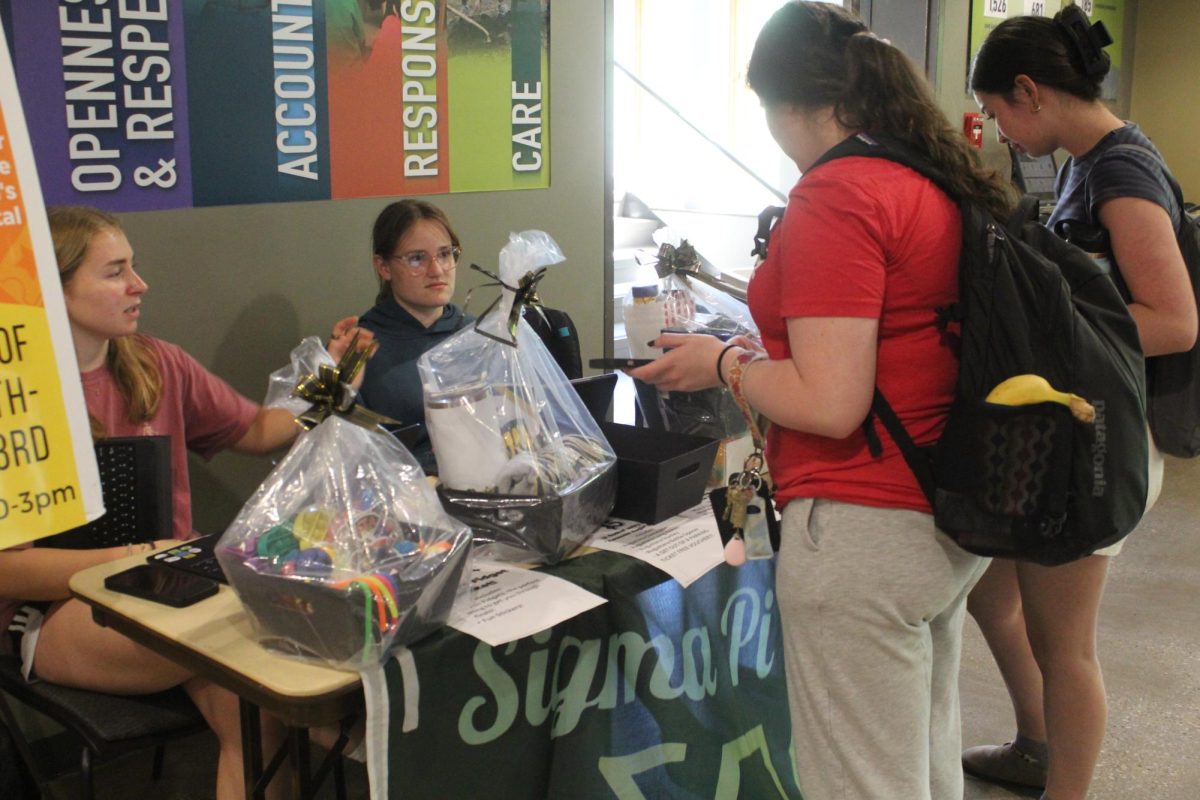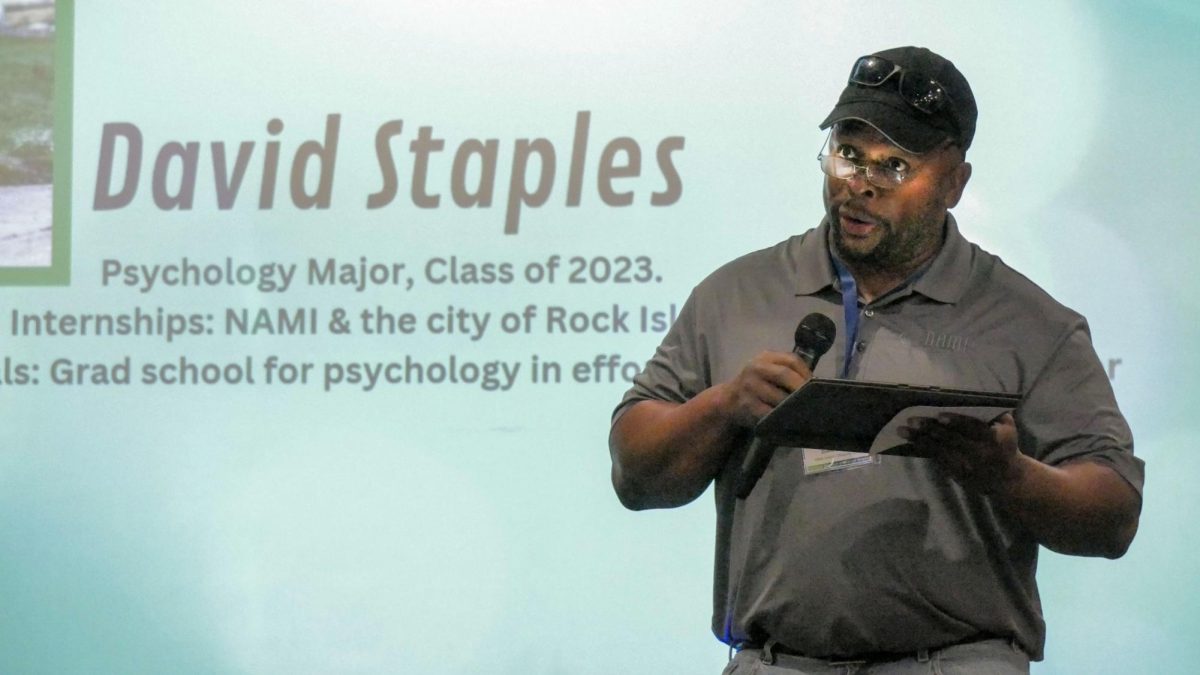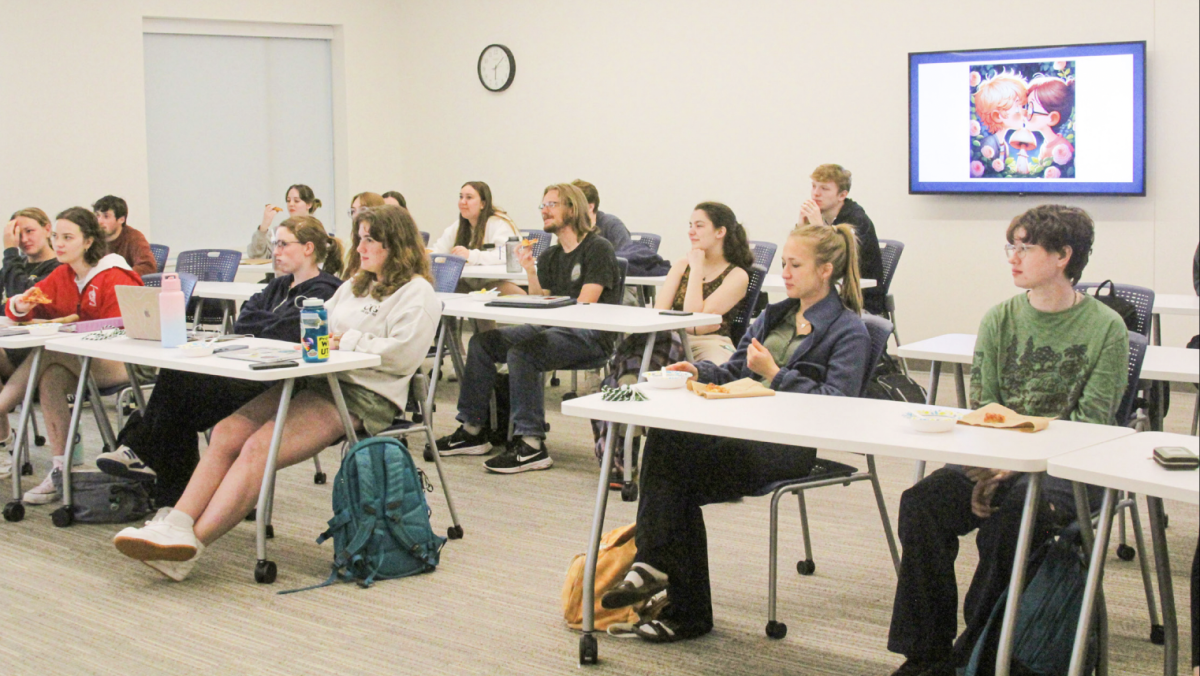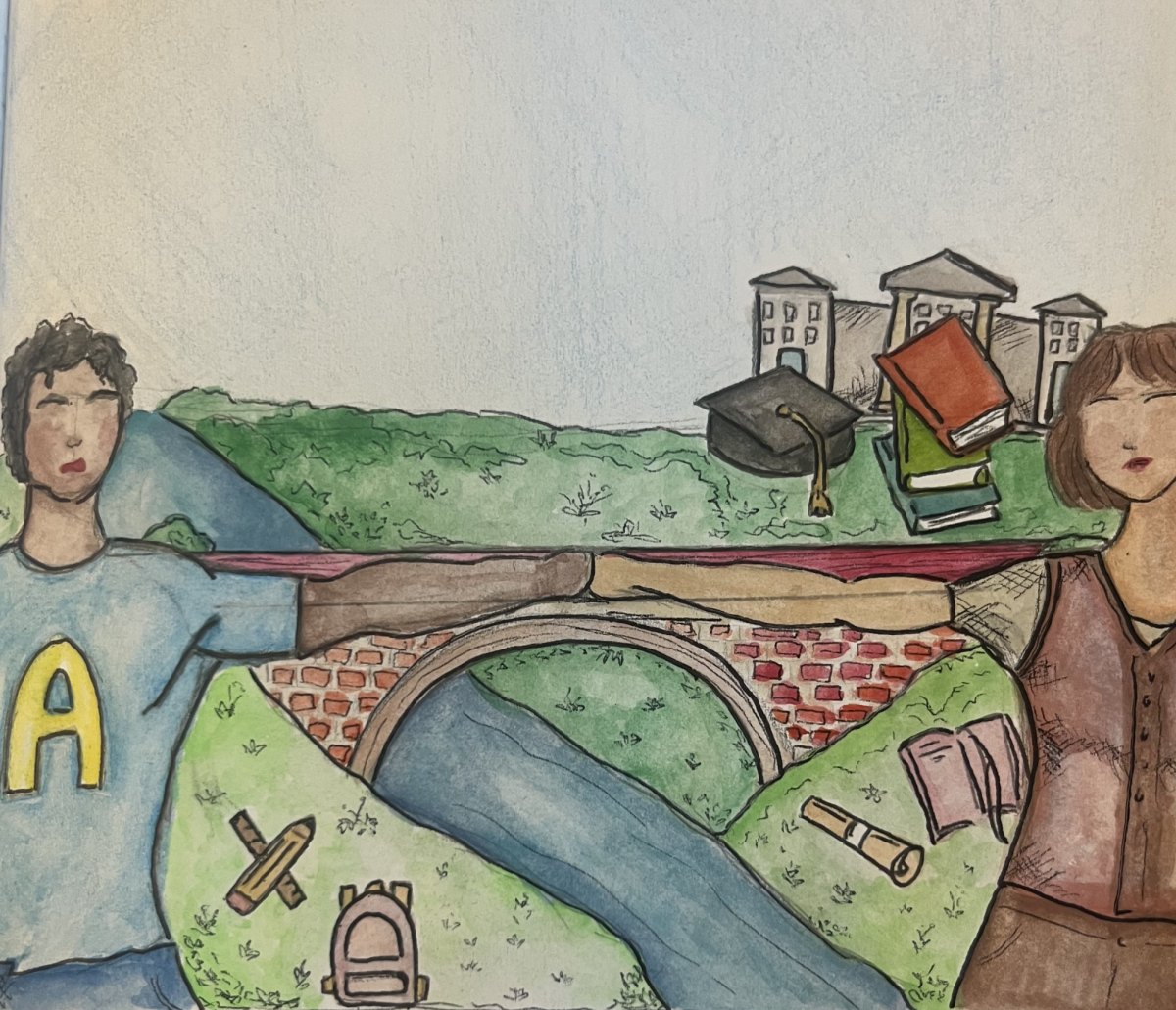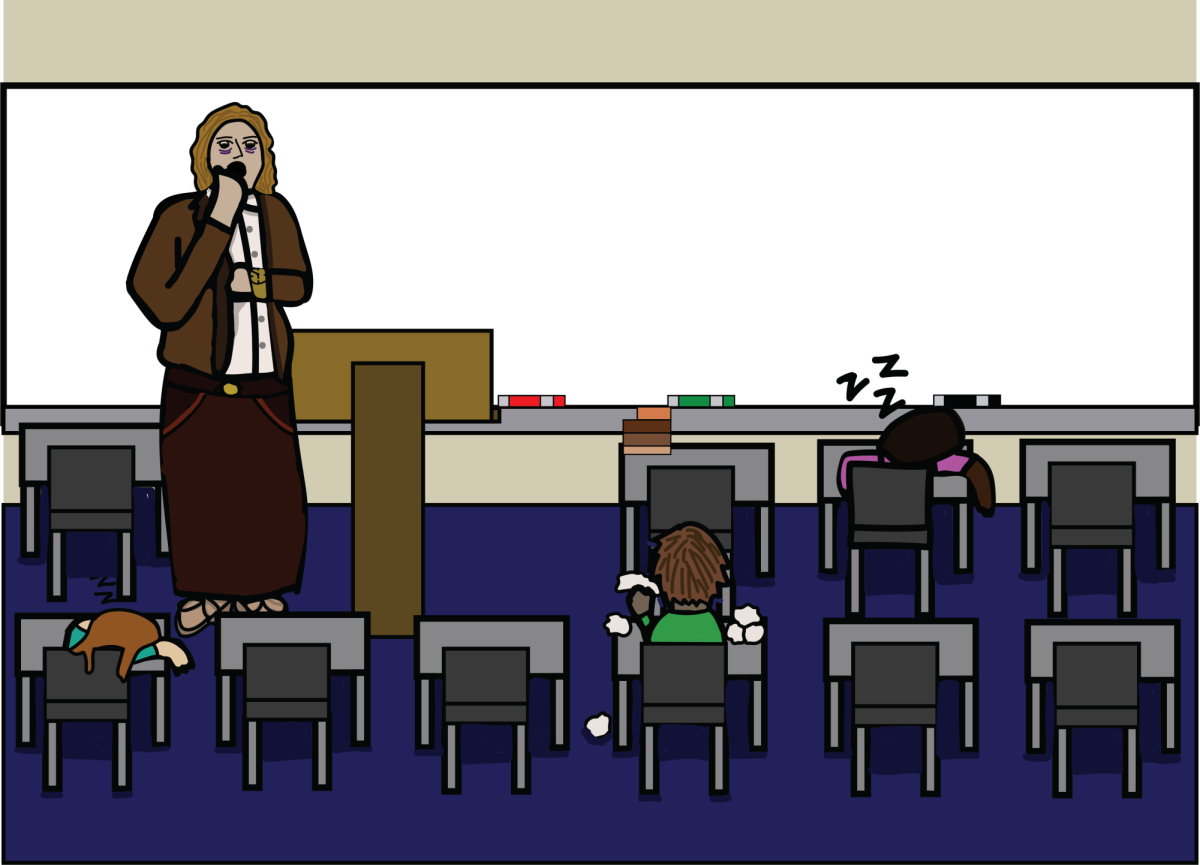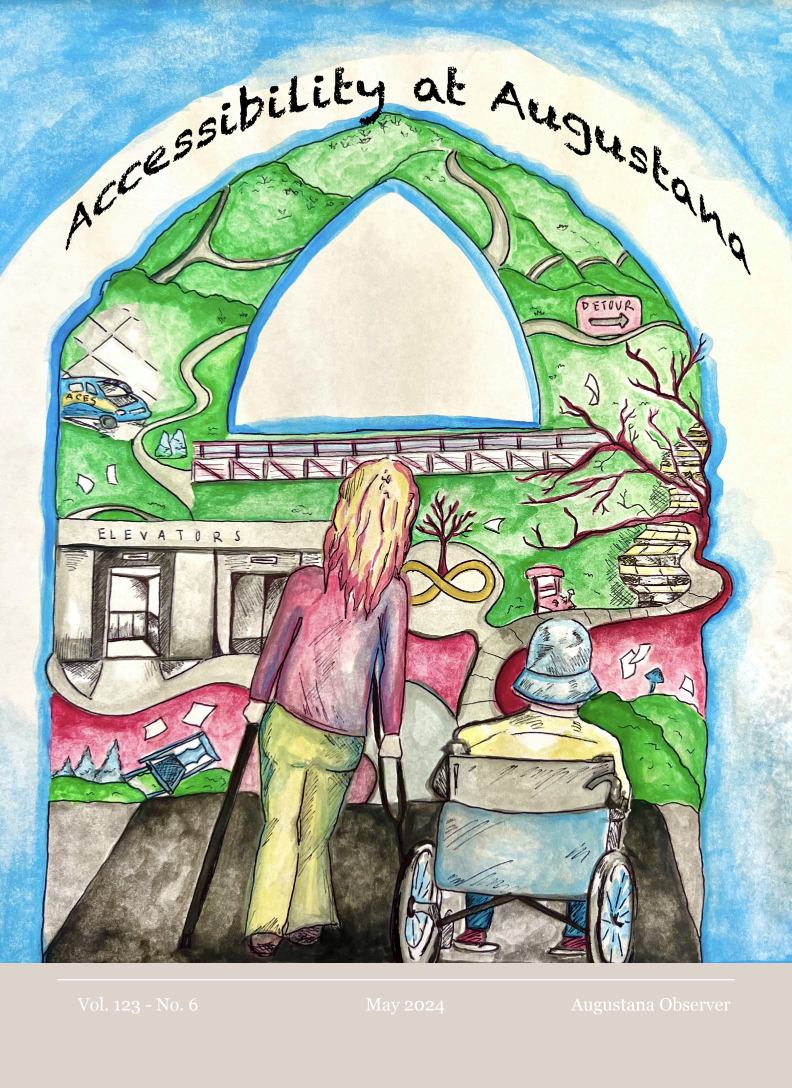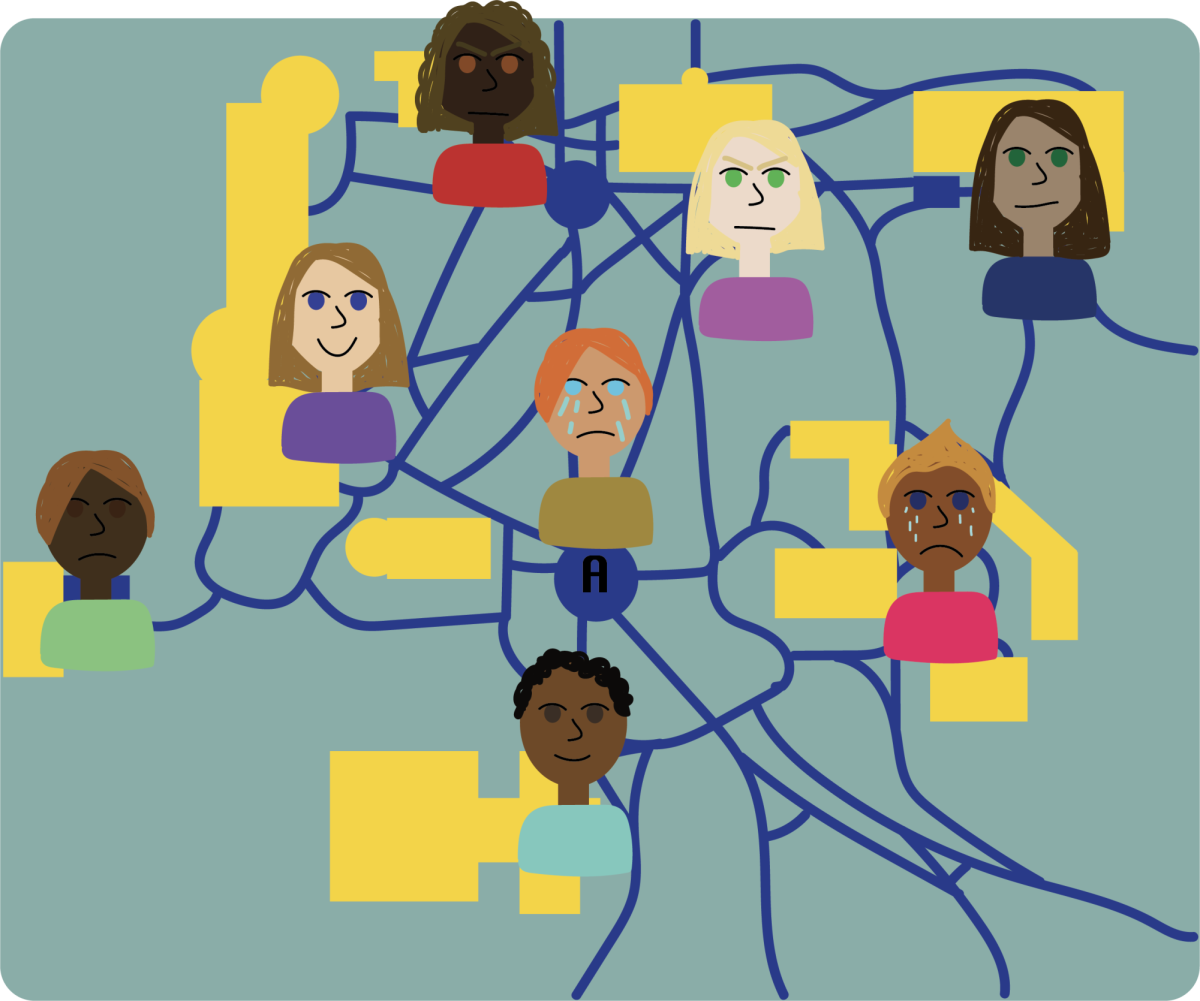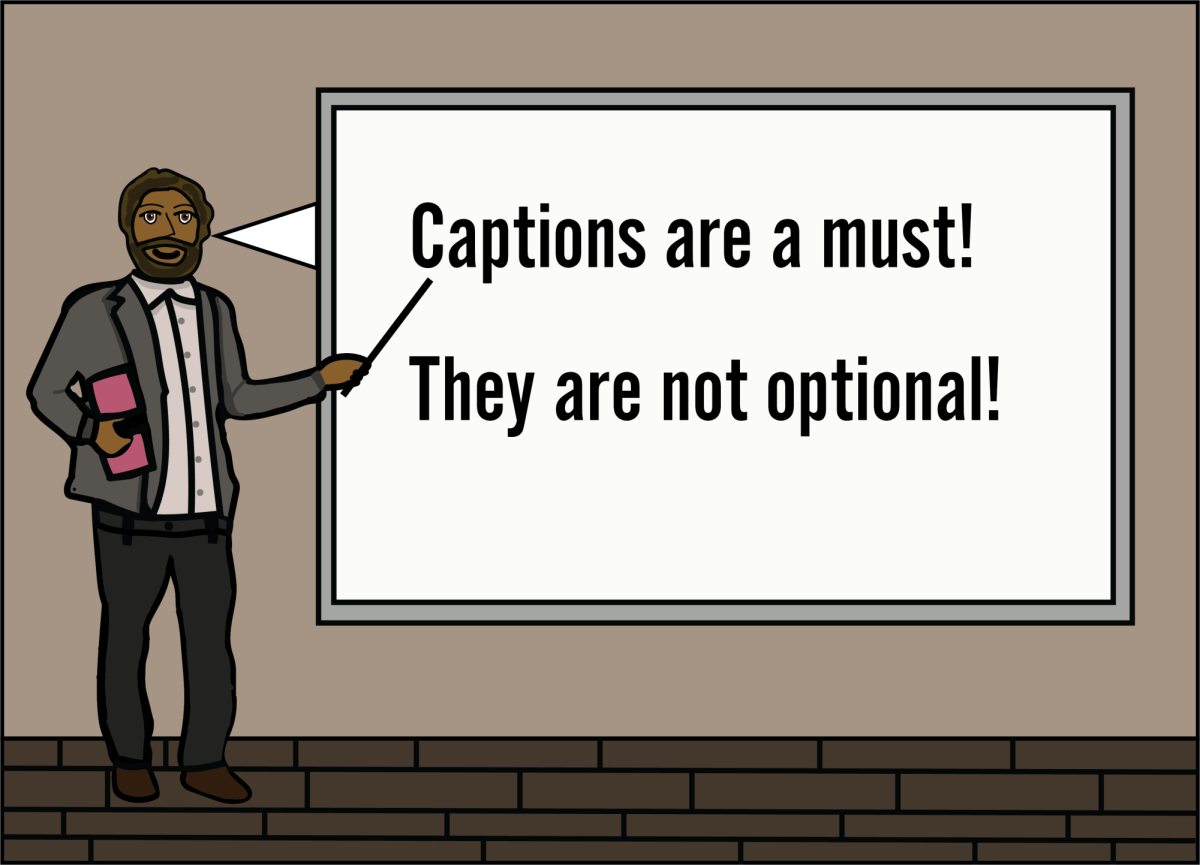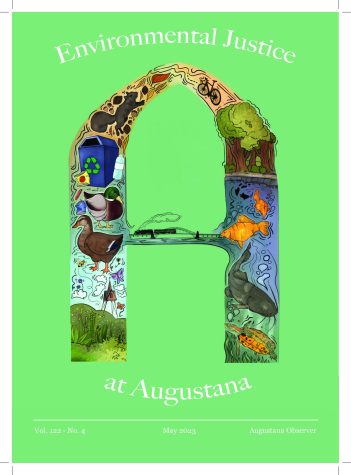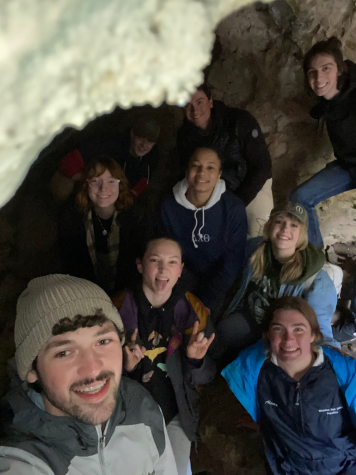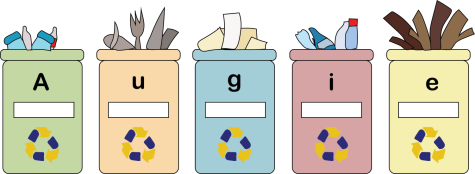Protecting the Mississippi River
May 17, 2023
For Quad Cities native Kai Swanson, the river has had a presence in many aspects of life. He has many stories of hiking around Sylvan Island and riding bikes alongside the riverbanks. However, one of the memories that stuck out most was his time spent fishing on the Mississippi River.
“If [you] got catfish that was great, or even some shad, shiners or striped bass and you could sell them to these guys and make just enough to go over to the 44th Street bait shop,” Swanson said.
Swanson and his friends saved the money they collected from selling fish to buy Country Time lemonade. The river provided Swanson and his friends an economic outlet that funded their trips to the local bait shop. This is just one example of how the Mississippi River provides for the Quad Cities and the United States as a whole. Barges, for example, rely on the waters for transport and are constantly sliding under bridges to go to their destination.
However, the Mississippi River currently ranks as the second most polluted waterway in the United States. The economic benefits reaped from the river are now a double-edged sword. According to the National Park Service, parts of the Mississippi River, “exceed water quality standards for mercury, bacteria, sediment, PCBs (polychlorinated biphenyl), and nutrients.” This can lead to an unsafe environment for water activities such as fishing or swimming.
The National Park Service partnered with a group called Friends of the Mississippi River to release a State of the River Report, a play on the President’s yearly address to the country. The most recent report, released in 2016, breaks down the main types of environments that the Mississippi River runs through and what sources of bacteria are present. The environments are agricultural, rural/exurban mix and urban/suburban.
The QC fits into the last category of an urban/suburban environment. The most common sources of bacteria in these climates are estimated to be about 32 percent waterfowl, 24 percent wildlife and 13 percent pets. That means 69 percent of bacteria in the water in urban areas comes from animals.
Along with bacteria in the water, plastic pollutants are also a cause for concern. Dr. Jenny Arkle is an assistant professor of environmental studies, geology, and geography at Augustana College and also serves as a program manager for the Upper Mississippi Center (UMC). In one of her Geology 101 classes, her students had a lab to quantify the number of microplastics in the river and the amount that her students found was high.
These findings in the Quad Cities are also backed up by studies conducted by the Environmental Protection Agency (EPA). In a study from 2015, it was discovered that the Mississippi River basin in Louisiana had some of the highest concentrations of microplastics in the world. This can be detrimental because the surrounding wildlife may be exposed to the toxins in the plastics. The ingestion of microplastics can make an animal feel permanently full and eventually lead to starvation.
Humans have also had several other impacts on the condition of the Mississippi River. Dr. Kevin Geedey is currently an environmental studies professor at Augustana College.
“What can happen is you can actually end up with water that is pretty low in oxygen. Low enough to be problematic for aquatic life,” Geedey said.
This phenomenon is called hypoxia. According to the Pontchartrain Conservancy, a group that studies the water at the mouth of the Mississippi River in Louisiana, this depletion of oxygen in bodies of water occurs when high amounts of chemicals and nutrients from agriculture and other human processes run into the water. The excess nutrients in the water allows for the growth of microorganisms who consume most of the oxygen before it can sink to the larger organisms in the water.
Despite the current state of the Mississippi River that could be cause for concern, there are still many reasons to hold out hope for the Quad Cities environment and beyond.
“The city of Davenport has partnered with Augustana, the UMC (Upper Mississippi Center) and has asked the whole earth science faculty for help understanding the health of our urban watersheds, which directly lead into the Mississippi River,” Arkle said. “We are carrying out studies to try and help the health of not only our urban watersheds, but with the Mississippi River.”
There are also improvements that people can make in their lives. Geedey explained that avoiding flushing pills and drugs down the toilet will make a positive difference in the environment. Instead, it would be more beneficial to throw the drugs away or participate in Drug Take Back days.
“Most of our sewage treatment plants can’t filter that stuff out, so it’s just going to end up in the river,” Geedey said.
Another way that people can help is to be conscious of the water runoff that their roofs create. Geedey recommends incorporating a rain garden or even just adding a rain barrel into a backyard. This will allow the rain to seep into the ground more slowly rather than pour out of gutters. This slow absorption can limit the amount of runoff created from yards and residential housing areas.
The Mississippi River can be seen in advertisements for the Quad Cities area.
It can be read in the names of restaurants and small businesses.
It can be felt in the floods and rains that raise the water levels. This is not just true for the QC, but for the entire stretch of the river as it cuts through the country. The river stretches 2,340 miles and will require work from the government and people to improve the water quality.
“We get visitors here from Sweden and other places in Europe and Asia, and they just want to see the Mississippi River because it is majestic. It’s our Rocky Mountains. It’s a precious resource. We should never turn our backs on the river,” Swanson said.





